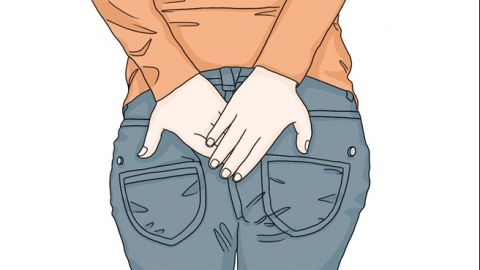Is a fleshy lump outside the anus an external hemorrhoid?
Generally, whether a fleshy lump outside the anus is a sentinel pile needs to be determined based on specific circumstances. If the lump is accompanied by pain during defecation, itching, or a foreign body sensation in the anal area, and has a soft or slightly firm texture, it is most likely a sentinel pile. However, if the lump has a hard texture, is accompanied by rectal bleeding, prolapses and requires manual reduction, or presents with localized redness, swelling, heat, and pain, it may not be a sentinel pile but rather another anorectal condition. Detailed analysis is as follows:

If the fleshy lump outside the anus matches the typical presentation of a sentinel pile, it is highly likely to be such. Sentinel piles are located below the dentate line and are often caused by prolonged sitting, constipation, consumption of spicy foods, and other factors. They manifest as a protruding lump at the edge of the anus. Initially, the lump is soft and may cause pain or itching during bowel movements due to friction.
When the fleshy lump outside the anus does not exhibit the characteristics of a sentinel pile, it may indicate other anorectal conditions. If the lump feels hard and is accompanied by dripping or jet-like rectal bleeding during defecation, and the lump prolapses during bowel movements—requiring manual repositioning after defecation—it may indicate prolapsed internal hemorrhoids. If the lump is accompanied by obvious redness and swelling, severe pain that intensifies upon touch, it could be an early sign of a perianal abscess.
To maintain anal health and alleviate discomfort caused by a fleshy lump outside the anus, proper daily care is necessary. Keep the anal area clean and dry, gently rinse with warm water after each bowel movement, and avoid vigorous wiping.




